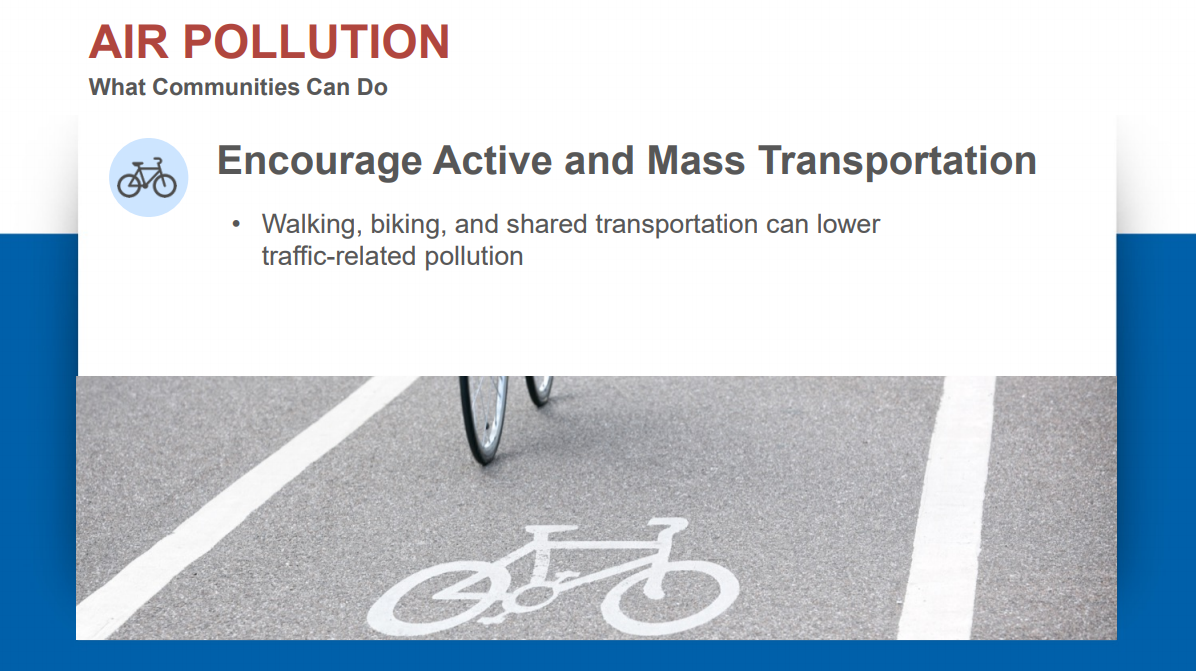
Share On Social!
If you work in a health field, you know that climate change impacts health.
You know climate change causes asthma and lung disease. You know it spurs natural disasters that endanger food and energy sources. You know Latino and other communities are particularly affected.
But how can you talk about climate impact to patients? Or to leaders who can drive solutions?
Thankfully, Climate for Health and ecoAmerica have a guide, Let’s Talk Health and Climate: Communication Guidance for Health Professionals.
“The health and medical community is uniquely positioned to advance the message that climate solutions are a health priority,” according to the guide. “[The guide] can help make health professionals as adept at talking about climate change as they are at addressing America’s health challenges.”
Why Does This Matter for Latinos (and All People)?
Climate change is bad news, for many reasons.
Yet, few Americans understand specific types of health harms caused by climate change. Moreover, few Americans understand which people are more vulnerable to resulting health impacts.
Latinos, for example, are disproportionately affected by climate change and already face big health disparities, according to a Salud America! three-part series on Latinos and climate.
Climate solutions are emerging, like more investment in safe routes to walk, bike, and commute.
Healthcare providers and public health officials are credible sources of information on climate change, and have a responsibility to communicate impact and drive these solutions.
What’s In the Guide?
The guide aims to help health professionals talk about climate change.
 Based on the latest academic research and message testing on climate communications, the guide provides successful messages, key talking points to start a conversation, sample speeches and social messages, and more.
Based on the latest academic research and message testing on climate communications, the guide provides successful messages, key talking points to start a conversation, sample speeches and social messages, and more.
The most successful messages:
- Put people first;
- Address climate-related health impacts and move quickly to solutions;
- Use visual language;
- Introduce the health benefits of solutions;
- Cite a trusted messenger; and
- Use words and phrases that have been proven effective. The guide provides examples of words and phrases to embrace and replace, like “air we breathe” instead of “the air.”
The guide also offers five ways health professionals can lead by example:
- Become climate literate;
- Elevate climate to patient and client health;
- Be vocal, model leaders within communities;
- Elevate their voice on climate within professional community; and
- Take their climate leadership national
Download this guide now. Reference it daily for face-to-face interactions and social media posts (using #LetsTalkClimate), and reference it to prepare speeches and presentations to colleagues, local organizations and agencies, and policymakers.
For example, you could prepare a three-minute speech to deliver to city council or an advisory board. Take a leap and visit an advisory board that does not have a health focus.
“Public health advocates have an especially critical role to play in this process, since many people working in local government may not be accustomed to thinking about how their work influences health,” according to ChangeLab Solutions.
Try this Internet search, “[YOUR CITY, STATE] boards and commissions,” to find a list of boards and commissions in your city or county.
UPDATED July 20, 2018: You can use this slide presentation developed by the CDC Climate and Health Program.

You can also learn from health, faith, and local community organizations that have successfully engaged their constituents to elevate climate action and solutions.
By The Numbers
24
percent
of Mexican American-nonsmokers are exposed to secondhand smoke



